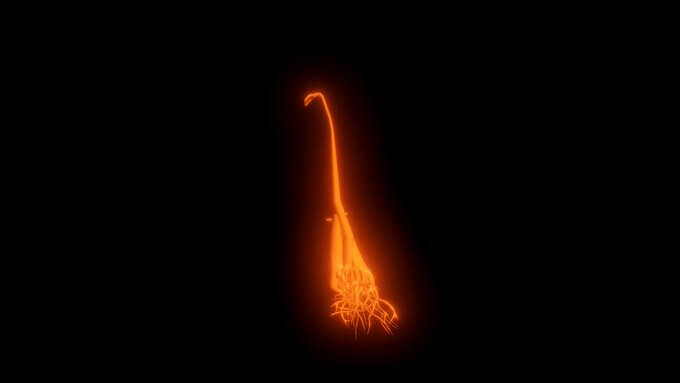In this article, I would like to introduce Asako Fujikura’s work “A Place Like That” in the special exhibition “Another Museum in a Multi-Layered World — Welcome to Hyper ICC” (hereinafter referred to as “Hyper ICC”), which is being held at ICC from January 16 to March 31, 2021 (until March 14 for the real exhibition only).
This time, the work is not a normal AR scene, but a superimposed work with real space. As an installation, the real space and the virtual space of AR are superimposed on each other.
Along with photos of the site, we will read about the possibilities of AR and art.
About “Another Museum in a Multilayered World — Welcome to Hyper ICC
ICC (NTT InterCommunication Center) is a cultural facility operated by NTT East, which opened on April 19, 1997 at Tokyo Opera City Tower in Nishi-Shinjuku, Tokyo, as a commemorative project for the 100th anniversary of Japan’s telephone business in 1990. It is a cultural facility operated by NTT East.
Akihiko Taniguchi, a lecturer at NEWVIEW SCHOOL, is participating in Hyper ICC as a curator.
- Exhibiting Artist / Staff
Agnes Yoshii
Saori Oyaizu
Akihiko Taniguchi
Iku Harada
Asako Fujikura
Shota Yamauchi
Yu Yamamoto and Mitsuru Tokisato
Co-curated by Akihiko Taniguchi and Mitsuru Tokisato
Virtue Hatsudai, Hyper ICC Supervision: Keisuke Toyoda (noiz)
Virtual Hatsudai, Hyper ICC Production: Masatatsu Nakamura, noiz (Keisuke Toyoda, Tsai Jia-Shuan, Kosuke Sakai, Kyungseok Min, Marina Lazareva, Aki YH Ro, Ursula Kuchma, Masashi Hirai, Ines Amine, Yukiko Kondo)
3D data measurement and production: gluon
Website production: UNIBA INC.
AR platform provision and production cooperation: STYLY (Psychic VR Lab Inc.)
- Overview
Another ICC in the virtual space, built in the layers of real space and information space
In recent years, concepts such as “mirror world,” “digital twin,” and “common ground” have come to be discussed in various scenes. All of these terms symbolize the realization of a digital information space that has a correspondence with real space and can be used for high-precision simulations, against a background of faster communication and computer processing. In addition, the global spread of the new coronavirus in 2020 has placed great restrictions on physical movement. As a result, it can be said that attention to digital information space is increasing again. In the wake of this new coronavirus disaster, many museums have cancelled or postponed exhibitions. In the wake of the new coronavirus, many museums have cancelled or postponed their exhibitions, and some have begun to put their cancelled or inaugurated exhibitions online. Furthermore, various attempts were made by artists to exhibit their works online. After experiencing such social changes, it is necessary for us to envision a new model of exhibition activity that is different from the one we have seen in the past. This time, ICC will attempt to explore visions and possibilities that suggest a new kind of exhibition, using media art techniques that make full use of media technology and have been developed in the past, such as the exhibition of works on networks.
(Taken from the official website: https://www.ntticc.or.jp/ja/exhibitions/2021/the-museum-in-the-multi-layered-world/)
The exhibition features works in a variety of media, from game art to artworks using AR.
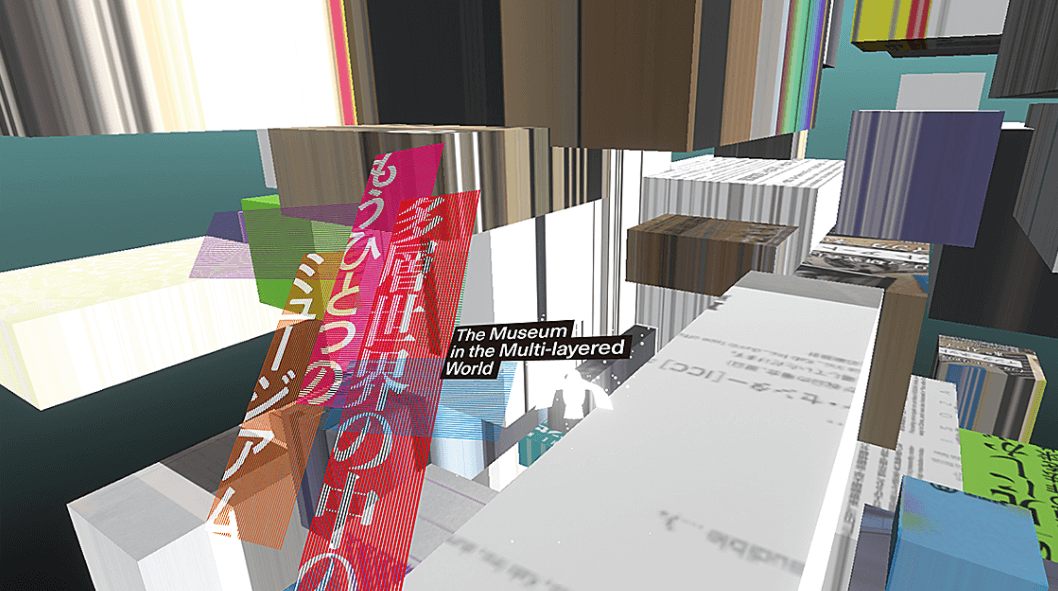
Exhibition
In addition to exhibitions in the real world, there will also be exhibitions in the virtual world.
For more information, please visit the official website below.
https://www.ntticc.or.jp/ja/exhibitions/2021/the-museum-in-the-multi-layered-world/
About Asako Fujikura
Born in 1992, Fujikura graduated from Tokyo University of Foreign Studies with a major in Persian language in 2016, and completed her graduate studies at Tokyo University of the Arts in 2018. With the theme of finding the primitive spellbinding nature that exists in modern cities, she creates urban landscapes using 3DCG animation techniques that emphasize images that focus on artificial textures and tactility. Her installations center on images of industrial products produced by humans deviating from human control and their original functions, and various urban infrastructures and industrial products running on their own without control.
Her solo exhibitions include Emergencies! 035 “Swarm Broadcasting” (ICC, 2018). Group exhibitions include “Close to Nature, Next to Humanity” (Taitung Art Museum, Taitung, Taiwan, 2020), PHENOMENON: RGB (Laforet Museum Harajuku, Tokyo, 2019), etc. She won the Grand Prix at LUMINE meets ART AWARD 2020.
(Quoted from ICC official page)
https://www.ntticc.or.jp/ja/archive/participants/fujikura-asako/
Asako Fujikura HP : http://www.asakofujikura.com/
Instagram : https://www.instagram.com/asakurage/
I mainly use 3DCG to create abstract artworks with highly saturated coloring. The unique modeling and coloring of the objects leave a strong impression on the viewer.
I have been presenting 3DCG not only digitally, such as video and graphics, but also in combination with real space as an installation.
In February and March 2019, I did a video installation using five 6-meter screens at “PHENOMENON:RGB” held at Laforet Harajuku.
この投稿をInstagramで見る
3DCG and Fujikura’s views are expressed through various media.
And this time at Hyper ICC, Fujikura presented a work using AR and installation.
The title of the work is “A Place Like That.
About “A Place Like That”
When you arrive at the exhibition hall, you will see three objects posted in the corner of the hall.
In front of them, there is an AR display on an iPad.
A sign with a prohibition mark, a sphere that looks like it is stuck in the floor, and a painting hanging on the wall.
You can see the work by overlaying STYLY’s AR on the space.
Then an object appears in the space.
An object that looks like the monster depicted in the prohibition mark appears.
On the floor, spheres and objects from paintings appear in reality.
The various objects that suddenly appear in the space move autonomously and at the same time remain unaffected by the real space.
The work exists only when the two layers of objects in the real space that we see and the objects in the virtual space overlap.
Ms. Fujikura describes this work as follows.
Fujikura describes this work as follows: “An extremely colored urban landscape with an artificial and organic texture that appears on a flat, dry land. The landscapes that Fujikura creates with computer graphics are dystopias, like the end of an accelerating modern society, or paradisiacal cities where artificial and natural objects stand side by side without boundaries. In this exhibition, visitors will be able to view the CG images superimposed on the works created in the exhibition space using AR technology. You can also superimpose the AR image of the city at home or outdoors by holding up your smartphone.
This work exists as a single city image. The city is represented as a dystopia.
However, when you approach the object in this work, you will hear a light melodic music in a major key that is not similar to the dystopian music played in commercial facilities a while ago. The music was created by the artist ermhoi.
At first glance, I was a little confused to represent the image of the song and the highly saturated objects as a “dystopia”.
I feel like I’m experiencing it and rather enjoying it. Is it really a dystopia?
In order to read this work, I wandered around the exhibition space and stared at the two superimposed spaces.
In the process, I thought for a while, and an idea came to me.
I wondered where the place of “human beings” would be in the world (city) created by Ms. Fujikura.
Thinking about this, I read the work in my own way.
First of all, the layer of the real world is the world in which we (humans) exist, and there are objects placed there as symbols directed at us.
For example, a sign is an object that indicates a danger signal. They may indicate to us the danger of the presence of monsters.
However, when we view the work by superimposing it on the exhibition space using AR, we see a monster floating around the sign as if it is mocking the sign.
This mocking behavior may indicate a world in which the monsters are free. When the monsters are free, it means that the humans are gone, and the world is unobstructed. That’s how I read it.
I think this is the dystopia for humans and the utopia for monsters and objects.
Also, in the commentary of this work, “the accelerating pace of modern society” is mentioned as a factor in reaching a dystopia.
Isn’t AR a symbol of this?
If we see AR as an accelerating modern society, we can see that we are looking into dystopia as a symbolic device.
Spheres that move freely, objects that pop out from paintings… These objects also exist in a utopia for them (them?). Through AR, we may be viewing the existence of a utopia for them (them?).
This is one of my interpretations of the work, but perhaps you can read it in a different way.
By superimposing the installation with AR, the time and space axis of the work is extended, expanding the range of our appreciation.
This experience is the “multi-layered world” of this exhibition.
Scene
The real exhibition of Hyper ICC will close on March 14, 2021, but the online exhibition will be open until March 31. If you are interested, please come and experience it.
https://hyper.ntticc.or.jp/mmlw/en/index.html
Also, although the AR scene itself of “A Place Like That” is not open to the public, “The Growth of Electric Light” is available as a work related to the exhibition.
Why don’t you try that too?
- Experience it from your smartphone Download STYLY Mobile and launch the scene. For instructions on how to download, please refer to the following article.
Click on the image to open the scene.
*This scene is currently unavailable for experience
Let’s learn VR/AR content creation from no experience
The online learning site NEWVIEW SCHOOL ONLINE is now open, where you can learn Unity and PlayMaker, which are necessary for VR/AR content production, from basic to advanced, and learn the production process (production techniques will also be disclosed) of the attractive content distributed on STYLY!
- You can create VR/AR contents without writing programming code.
- Officially supervised Unity courses are available.
- Additional elements such as photogrammetric production methods and content weight reduction are available.
- You can learn how to think about creating VR/AR content.
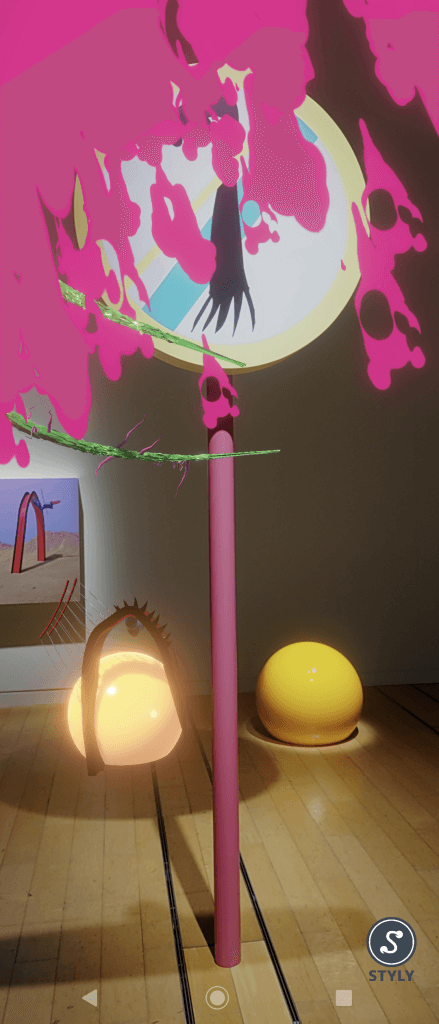


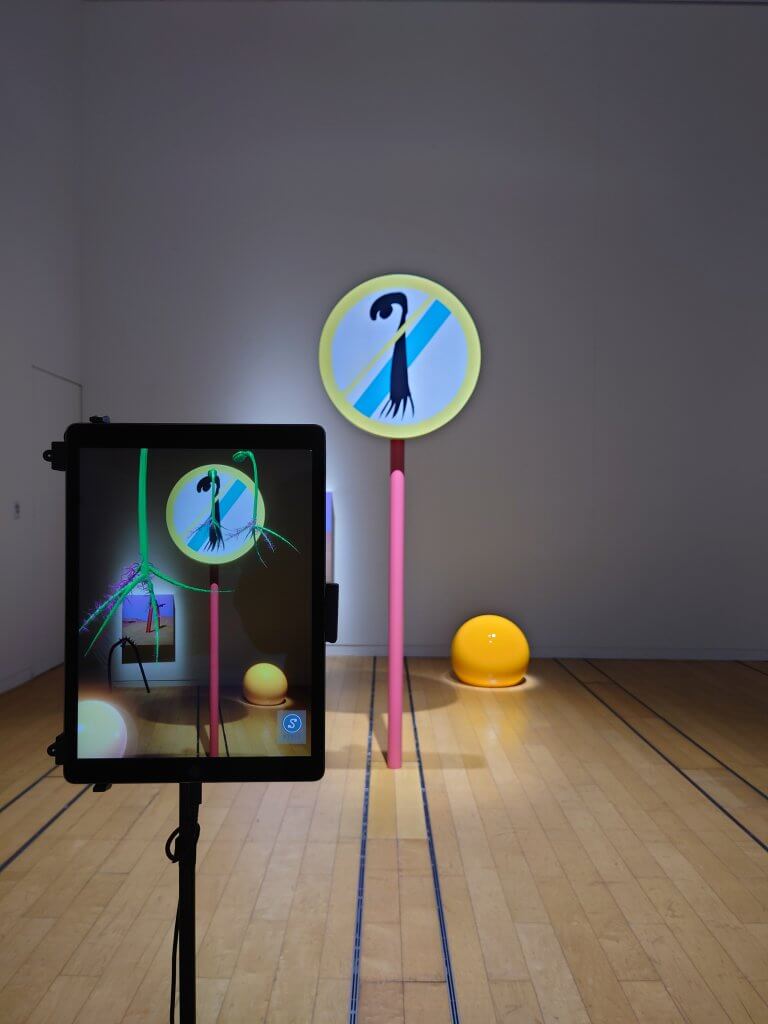
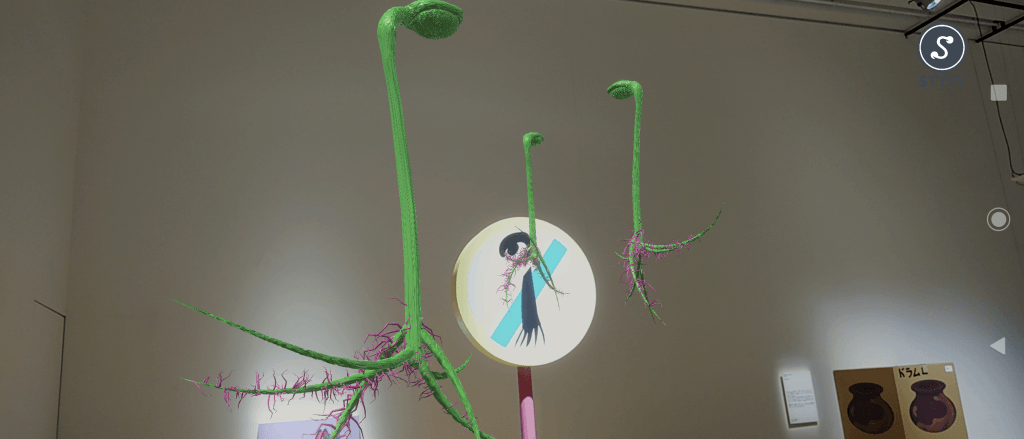
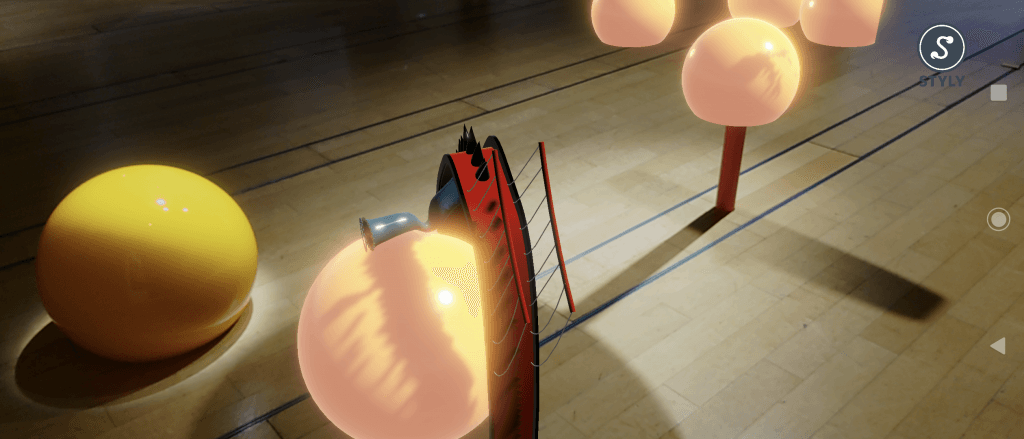

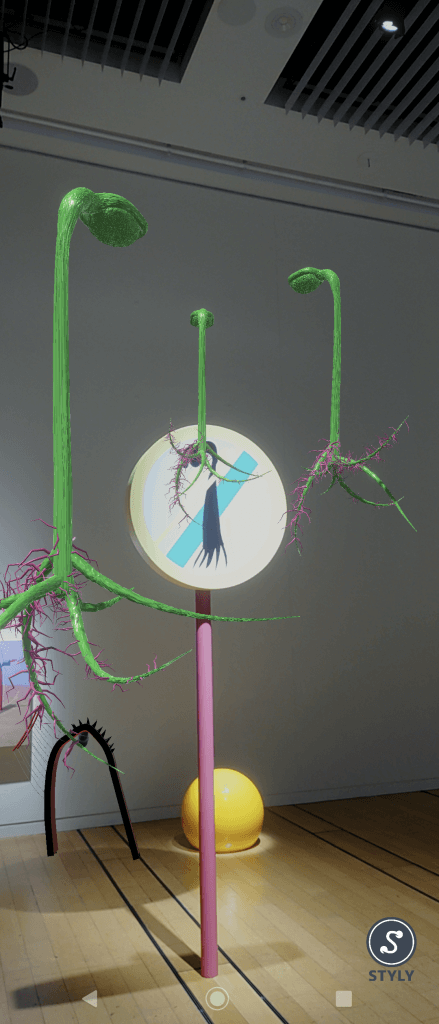
![[Summary] How to experience STYLY scenes VR/AR(Mobile) / Web Browser Introduction by step](https://styly.cc/wp-content/uploads/2020/04/スクリーンショット-2020-04-10-12.53.04-160x160.png)
